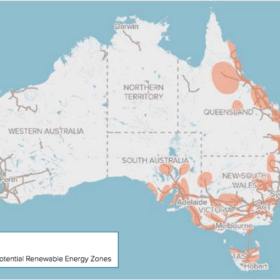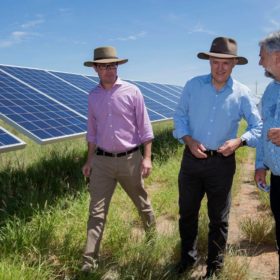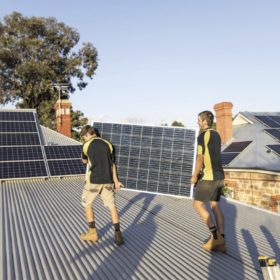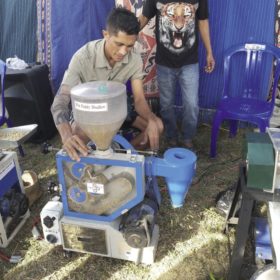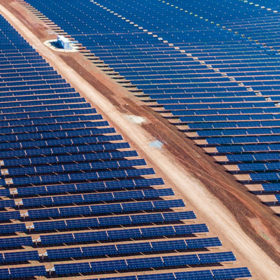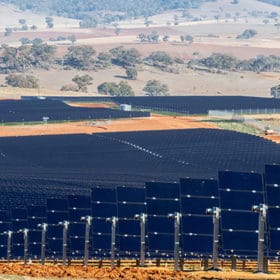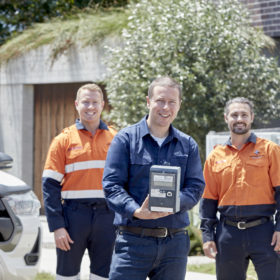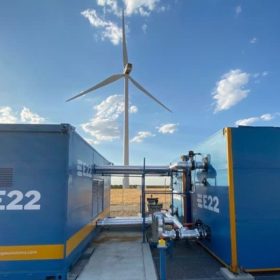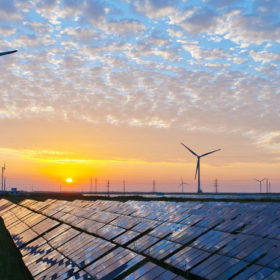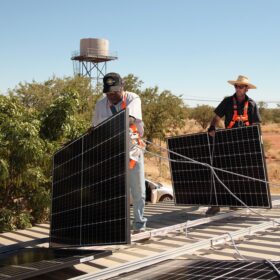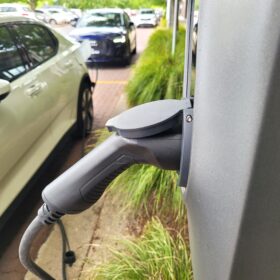Government advisors class multiple renewable projects among Australia’s highest infrastructure priorities
Australia’s infrastructure advisory body has added a number of renewable energy-related projects to its priority list, recognising the need for investment in the “once-in-a-lifetime transition from thermal generation to intermittent renewables.”
Turnbull to chair Fortescue’s ambitious renewable energy business
Iron ore giant Fortescue Metals Group’s ambitious Fortescue Future Industries wants to build a renewable energy portfolio of more than 235 GW. The ambition, combined with the apparently bullish effort of Fortescue executives in recent months, has garnered headlines, and now Fortescue has announced former Prime Minister Malcolm Turnbull and former National Intelligence chief Nick Warner as part of its team.
Victoria’s minimum solar feed-in tariffs to drop by 34%
The delicate balancing act between incentivising rooftop solar uptake, versus moderating its effects on the grid and electricity markets continues, with the Victorian energy regulator reducing the state’s minimum solar feed-in tariff from 1 July.
Synergy community fund spreads more solar love
We all want to reduce our energy bills, but not-for-profits can really make every cent saved by rooftop solar count. The 2021 Synergy Community Solar Fund has kilowatts of clean free energy on offer for West Australian charitable and community organisations.
Weekend read: Filling the energy technology, poverty gap
Advanced technology is of little use if it cannot reach those who need it most. Two Indonesian companies – Kopernik, an NGO based in Bali, and Sumba Sustainable Solutions, from the island of Sumba – are trying to bridge the gap between those in need and those with technological solutions. They both focus on the PV electrification of rural areas and brightening Indonesia’s “last mile.”
World’s biggest solar farm added to Infrastructure Australia priority list
Sun Cable’s ambitious $22 billion Australia-ASEAN Power Link, which would export solar energy from the Northern Territory to power Singapore, continues to shine bright with the Australian Government including the megaproject on its Priority Initiative List.
New Energy Solar sells up assets ahead of Aussie exit
Utility-scale solar energy investor New Energy Solar has confirmed it will sell off its Australian portfolio, declaring the policy and regulatory environment for renewables in Australia is not conducive to growing the business and achieving economies of scale.
One in a million, solar drives smart meters past the million milestone
Smart metering services provider Intellihub cracked the million meter mark this week as the smart meter market in Australia and New Zealand surges off the back of continuing solar uptake.
Gransolar plans 13 big batteries for SA, Victoria, and NSW
Gransolar’s battery division, E22, will reportedly develop 13 large-scale batteries in South Australia, Victorian and NSW.
State-owned coal company seeks large-scale renewable projects to transition portfolio
The Queensland Government-owned energy company, Stanwell Corporation, has announced it is from today seeking expressions of interest from renewable energy projects to incorporate into its fossil-fuel heavy portfolio.
